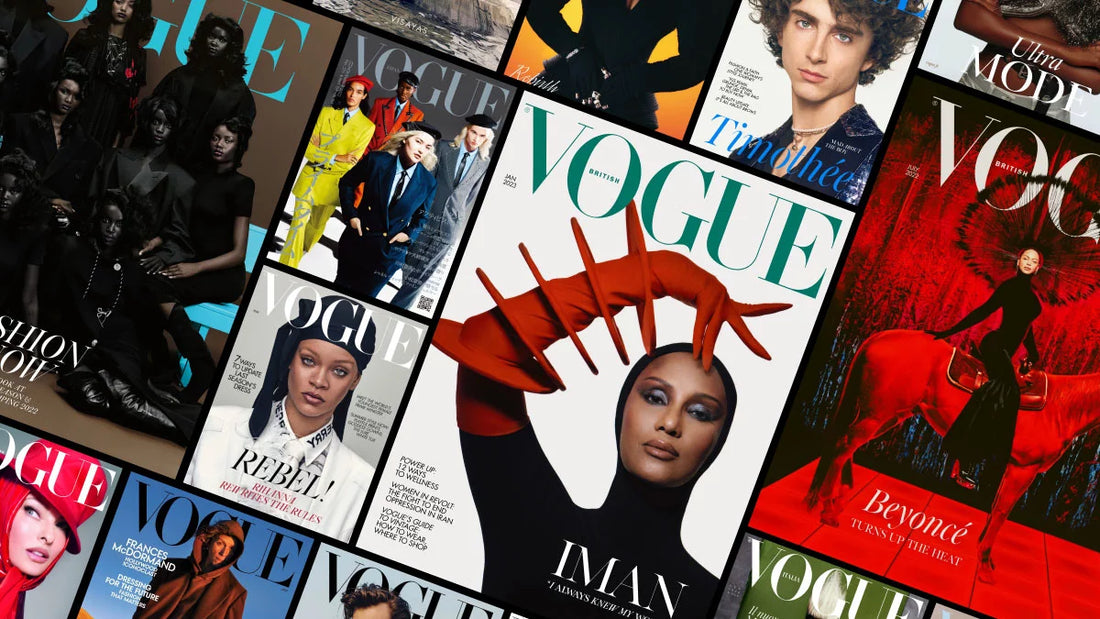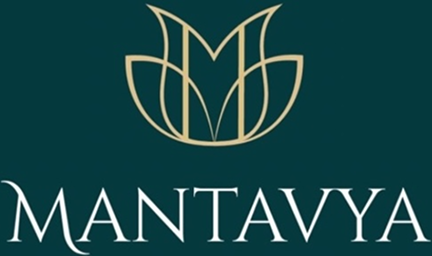
How Top Fashion Industries Influence the Market
In The Devil Wears Prada, Miranda Priestly delivers one of fashion’s most unforgettable monologues. She explains how a seemingly “simple blue sweater” in a discount store wasn’t chosen by accident. It was born on the runways of Paris, filtered through designers, trickled down into department stores, and eventually found its way into bargain bins.
Her point was clear: top fashion industries decide what the world wears. From haute couture to high-street fashion, trends are carefully curated and then consumed on a global scale.
But what does this mean for handloom Banarasi sarees and Indian fashion traditions? At Mantavya Banaras, we believe that while global fashion houses set trends, Indian handloom shapes timeless elegance that outlives those trends. Let’s explore how global fashion influences the market and where Banarasi sarees stand in this conversation.
1. From Runway Trends to Handloom Inspirations
Colors, cuts, and textures introduced in Paris, Milan, or New York eventually seep into wardrobes worldwide.
The rise of pastels, metallics, and minimalist embroidery has already influenced contemporary Banarasi sarees, making them more appealing to younger brides and modern women.
At Mantavya Banaras, we weave these inspirations into heritage sarees while ensuring their soul remains deeply traditional.
“What you wear is how you present yourself to the world, especially today, when human contacts are so quick. Fashion is instant language.”
— Bill Cunningham, American fashion photographer for The New York Times, known for his candid and street photography.
2. The Trickle-Down Effect in Indian Fashion
Luxury fashion creates desire. High-street fashion and regional adaptations fulfill it. Just as Zara translates luxury looks for mass markets, Indian designers reinterpret global influences in sarees, lehengas, and ethnic wear.
Banarasi sarees today carry hints of global styling from unconventional blouse designs to experimental draping.
Our work at Mantavya Banaras is to ensure this fusion feels effortless, keeping Banarasi sarees timeless yet globally relevant.

3. Fashion as Cultural Storytelling
Miranda Priestly’s monologue reminds us that fashion is storytelling about power, identity, and culture. Paris sells elegance, Milan sells luxury, and New York sells diversity.
Similarly, Banaras sells heritage. Each Banarasi saree is a story of centuries-old weaving traditions, a weaver’s craft, and India’s textile legacy.
At Mantavya Banaras, our sarees are not just garments. They are luxury heirlooms carrying history and culture into the future.
4. Sustainability – Where Handloom Leads Fashion
Global industries are only now shifting toward sustainable fashion. But handloom was always slow, ethical, and eco-friendly.
Every Banarasi handloom saree is woven sustainably, with minimal environmental impact, designed to last generations.
Mantavya Banaras proudly stands at this intersection of luxury and sustainability, where heritage naturally aligns with conscious fashion.
5. The Digital Runway – Social Media as the New Couture Show
Just as Miranda highlighted fashion’s trickle-down power, today’s influence is supercharged by Instagram, TikTok, and e-commerce.
A single celebrity draped in a Banarasi saree can create a viral trend overnight.
We at Mantavya Banaras embrace this new runway bringing Banarasi sarees from the ghats of Varanasi to global audiences, combining heritage with contemporary relevance
.
Where Global Influence Meets Timeless Tradition
Miranda Priestly wasn’t wrong; Global fashion houses shape the way the world dresses. But while trends rise and fall, Banarasi sarees remain eternal.
At Mantavya Banaras, we believe in weaving this eternity into every saree taking inspiration from global fashion but rooting our creations in the timelessness of Banaras. Because while fashion industries influence the market, it is handloom that defines sustainable luxury, heritage, and identity.



